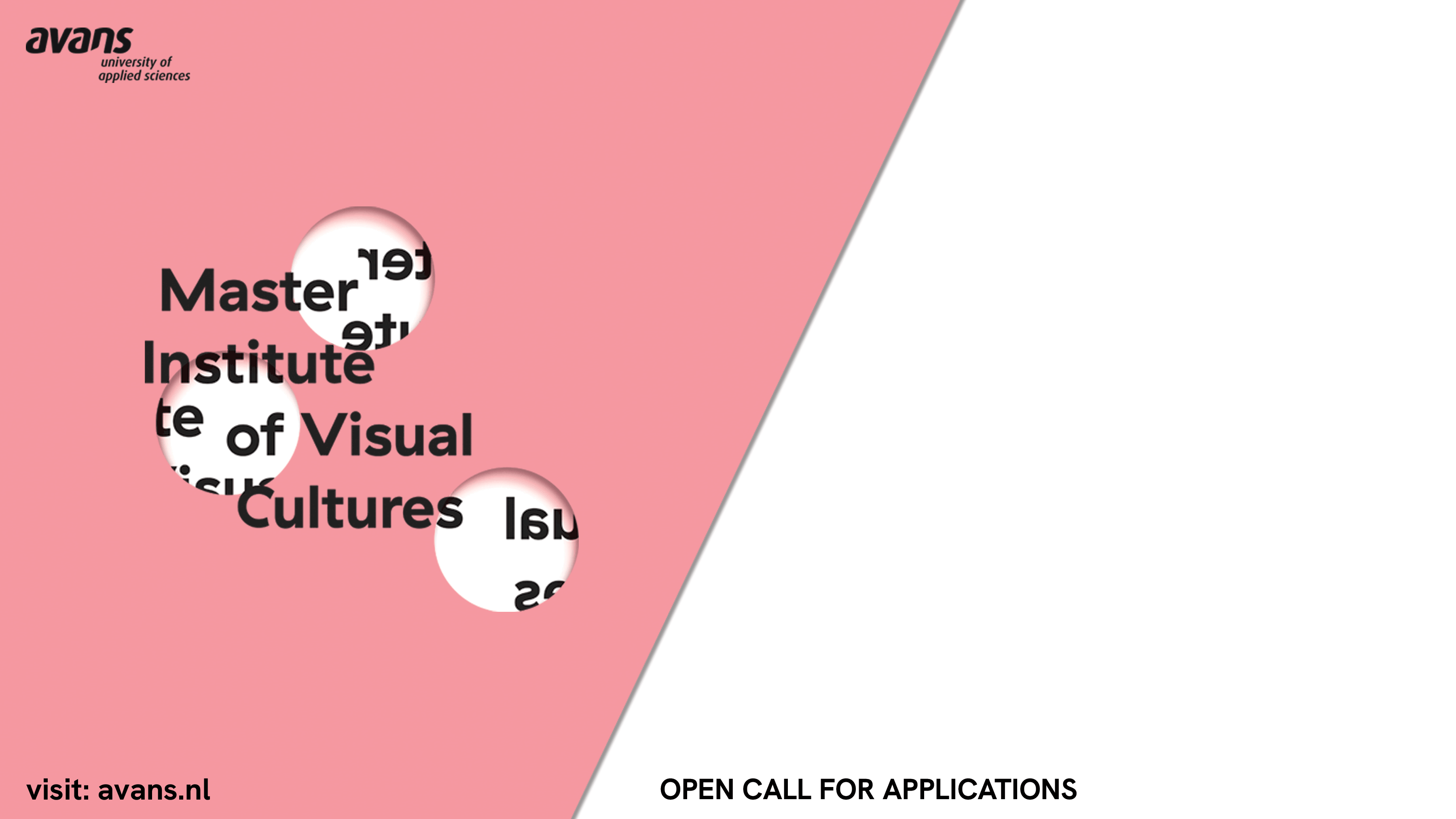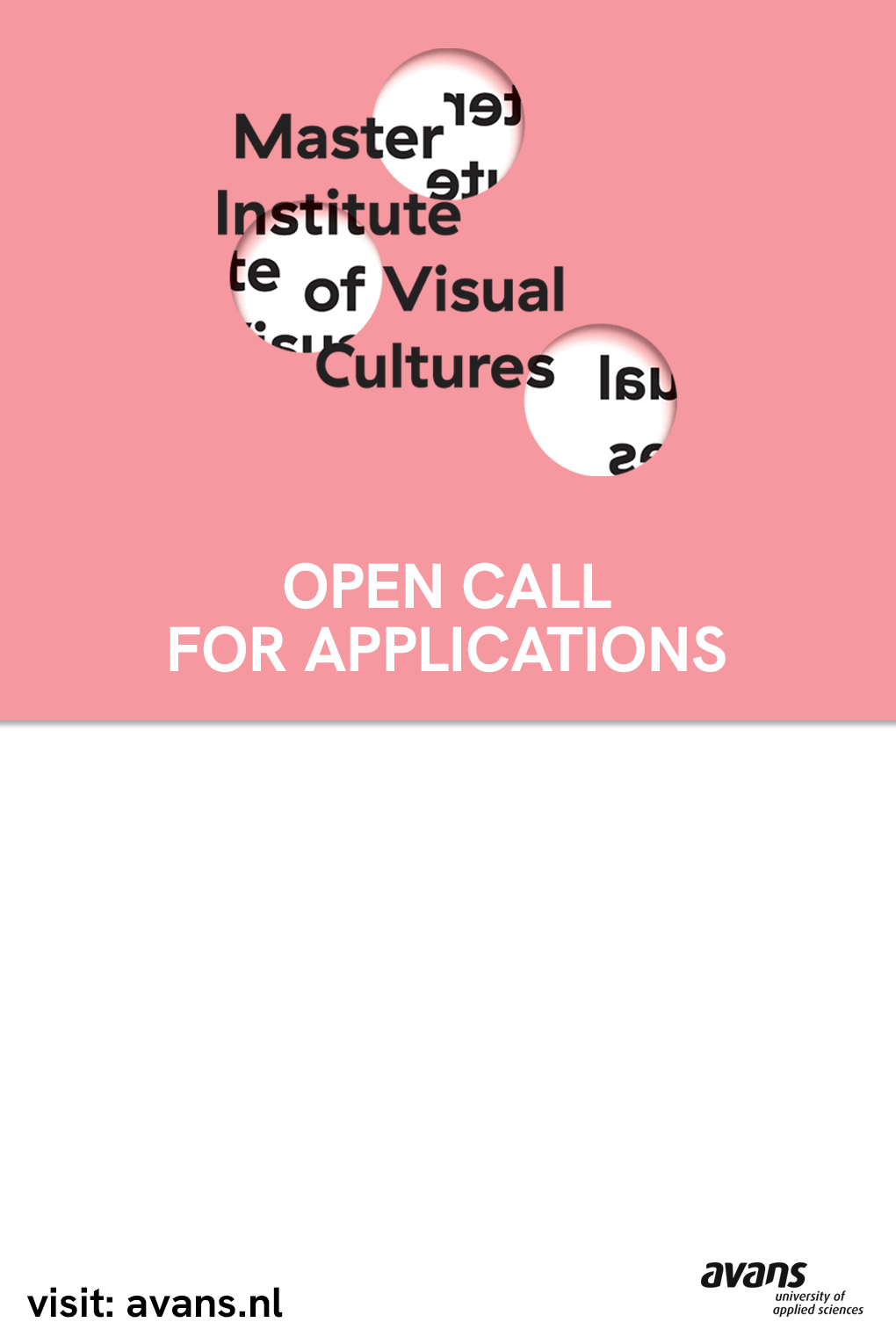The freeport method of art storage presents its critics with a problem. Is it something new? Or something old? What could be less surprising than an international aristocracy hiding treasures in a cave someplace? The CEO of the Geneva Freeport might have overcharged his Russian Oligarch, Dmitry Rybolovlev, by one billion dollars for thirty-five paintings, according to Sam Knight’s recent, riveting account. Rybolovlev had himself acquired a large slice of the collective ownership of the means of production in 1992, when he was twenty-nine, in the form of Uralkali, a mining company developed by the State Planning Committee of the USSR in 1926. He sold his stake for five billion dollars in 2010. These sums feel like numbers from a different era, when boys regularly played with liquid money made from melting down some residual kingdom.
It’s hard to know what to make of the transformation of so much Soviet capital into a Picasso or a Chagall. It feels like the end of a long sequence. It was said that Trotsky read Balzac in Central Committee meetings and that’s why people didn’t like him—and that it came back to haunt him, this antisocial love of high culture. And now all our masterpieces are locked in a box somewhere in the Alps while the world burns. But who among us has the courage to blame him?
Following Hito Steyerl, Stefan Heidenreich argues in “Freeportism as Style and Ideology” that although the freeport probably doesn’t amount to a new mode of production, it might be a new mode of representation, replacing the one that ruled from the end of the Bretton Woods era up until the Great Recession. Like other such modes, freeportism has a value-form, post-internet art, that is optimized for contemporary accumulation, and an ideology, speculative realism, that attempts to transform its novel configuration of forces and relations into a new metaphysics.
Art, it turns out, has a unique role to play in stabilizing the contemporary regime of value. Thus the question is not the familiar one: “What is the value of art?” It is rather: “Which valuable is art and how?” The contemporary value-process requests that something be represented as art. And so art will always be represented. The relationship between the Mona Lisa and a dollar bill is not one of antagonism, but of scale, comparable to the space between the polio vaccine and an Advil.
Art is not only economically exceptional, in this respect, as Dave Beech memorably argues in his 2015 book, Art and Value, it is politically-economically exceptional. Because of art’s stabilizing place within the mode of representation, it also participates in setting up the border between politics and economics in the first place. In “Big Business, Selling Shrimps,” Jane DeBevoise traces the shifting coordinates of what she calls “the market imaginary” in Chinese art after Mao. Her essay takes part of its title from Wu Shanzhuan, whose Selling Shrimps consisted in selling export-quality shrimp, brought from his home in Shanghai, in a stall at the national gallery in Beijing during the famous “China/Avant-Garde Exhibition” in 1989. The authorities shut the performance down after two hours. He had to borrow train fare for his trip home, where so many of the century’s contradictions rode alongside him: the contested boundaries between market and state, the ambivalence of nationalism, regionalism, and scale, the distance between the country and the city. Who’s selling who shrimp? Who’s selling whose shrimp? Who is the shrimp? And how is it being sold?
Even two hours of these sorts of questions would have been unthinkable under Mao, when Eduardo Galeano reported to Luis Camnitzer that he had seen cracked cups dating to the Ming Dynasty discarded for lack of utility. No amount of history could pile high enough to overcome their fatal lack of use-value.
In “Agitprop!” Andrea Bowers, Nancy Buchanan, and Martha Rosler discuss the utility of mixing art and activism with Saisha Grayson. When is such a strategy effective? Is effective strategy the kind of thing that art does? In “The Truth of Art,” Boris Groys argues that after the arrival of mass cultural production, contemporary art and artists no longer provide access to an extraordinary or atypical way of seeing. Instead, art and artists have themselves become paradigmatic, representative; an example of the general conditions of everyday life, though this does entail the kind of emancipation that the historical avant-garde imagined.
In “Factories of Resurrection,” our very own Anton Vidokle, in conversation with Arseny Zhilyaev, considers the beginning of a different Communist sequence, when some sought to transform museums into institutes for eternal life, pushing beyond representation and into the distribution of life itself. If the real work of the revolution begins, as Kropotkin had it, when everyone has bread, then perhaps it ends when nobody is dead.


